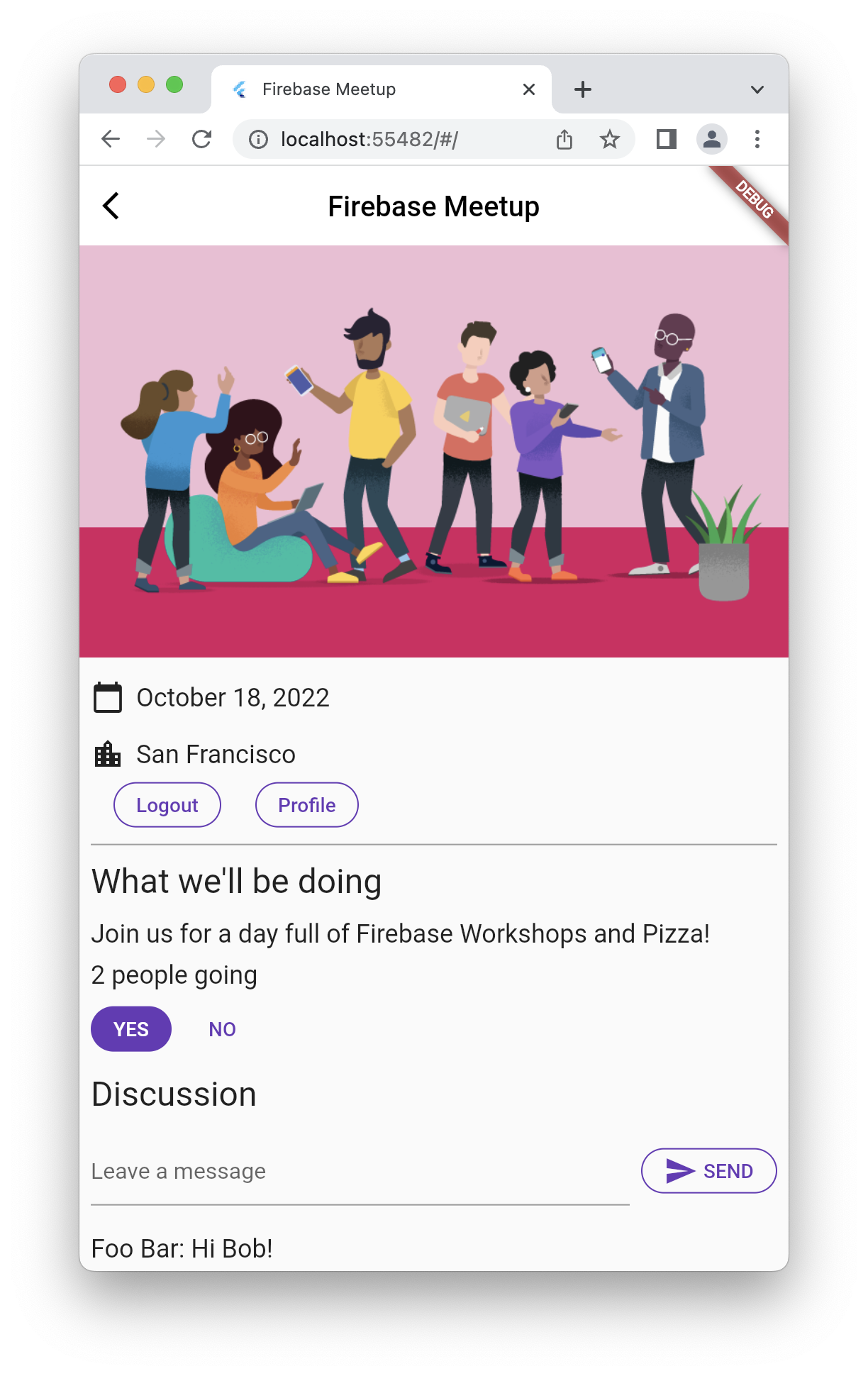

- #EASY VIDEO CUTTER A DEBUGGER HAS BEEN FOUND HOW TO#
- #EASY VIDEO CUTTER A DEBUGGER HAS BEEN FOUND SOFTWARE#
- #EASY VIDEO CUTTER A DEBUGGER HAS BEEN FOUND CODE#
Comment out the +me->break( )+ method – you probably don’t want to stop in the debugger with every new call in the call hierarchy, right? Before continuing, let’s take a moment to review the four pre-defined methods in class LCL_DEBUGGER_SCRIPT.
#EASY VIDEO CUTTER A DEBUGGER HAS BEEN FOUND CODE#
You’ll see the comment +*** insert your script code here +together with a default debugger call, +me->break( )+ – which calls a breakpoint when the SCRIPT method runs.

In the script editor, scroll down to the SCRIPT method, which is where the main part of your script should be implemented. Click on the +Script+ tab, the very last tab (for now) in the tool set of the New ABAP Debugger. (It can be useful to trace the call hierarchy just for the part of the program in which you are interested – between two breakpoints that you set in the source code editor, for example). It does not matter where you are in the program. It does not matter how you stop the program in the debugger. Stop the program that you want to trace in the debugger.
#EASY VIDEO CUTTER A DEBUGGER HAS BEEN FOUND HOW TO#
Here’s how to trace the call hierarchy: 1. It is so easy to implement that you can set it up directly in the debugger – no need to use transaction SAS. This simple script generates a trace of the call hierarchy.
#EASY VIDEO CUTTER A DEBUGGER HAS BEEN FOUND SOFTWARE#
Having a call hierarchy is useful if you want to use layer-aware debugging, but you aren’t sure what to include in the software layer that is to be visible in the debugger. Then you can add more code of your own to evaluate the comparison of variables, and perhaps another ADI call to trace the results.ģ. As you can see, a wide range of method calls are readyĬomplete the method call that the wizard inserts into your script. Then do the following: * Choose the code snippet that you need from the published ADI functions. To add code from the wizard, position the cursor in the script editor at the point at which the wizard code should be inserted. You insert debugger service calls into your scripts with the *Script Wizard*. But the real meat of the script is in the calls to debugger services (via the ADI – ABAP Debugger Interface) that you can insert into your script. Of course, you can use almost any ABAP OO statements or constructs that you can think of in a script. When you write a script, you modify a script template that the Script tool automatically loads into the script editor. In this section, we’ll show you how to access debugger services from your scripts. Calling Debugger Services from a Debugger Script More importantly for our present purposes, it also provides the same script editing facilities as the +Script+ tab in the debugger (only the +Start Script+ button is missing). Transaction SAS also lets you view traces that you have created as well as those created by other users (you can easily share a trace with a colleague). If you are preparing anything other than a simple script, then transaction SAS, +ABAP Debugger Scripting and Tracing+, offers a more comfortable and efficient place to work.
:max_bytes(150000):strip_icc()/Low-FODMAPSlowCookerMoroccanBeefStewRecipe_Catsos_1-5914d6923df78c7a8c3f44f1.jpg)
But writing scripts directly in the debugger ties up a Dialog work process for as long as you are in the debugger. The Debugger or Transaction SAS You can write scripts on-the-fly, while you are in the debugger. Here is a video on advanced debugger scripts. We also demonstrate some sample scripts for tracing, creating individualized breakpoints, and extracting data for display from complex data objects.įor a quick introduction to the Script workplace and ABAP Debugger Scripting, see also the weblog ABAP Debugger Scripting: Basics. In this weblog, we show you how to write a script, whereby the most important topic is how to use the Script Wizard to call the services of the ABAP Debugger from a debugger script. The script automates your activities in the debugger by calling the services offered by the ABAP Debugger. An ABAP Debugger Script is an ABAP Objects program that runs under the control of the debugger. It’s easy to write your own ABAP Debugger Scripts in NetWeaver 7.0 EHP2, either for ad hoc use directly in the debugger or for re-use by you or your colleagues.


 0 kommentar(er)
0 kommentar(er)
